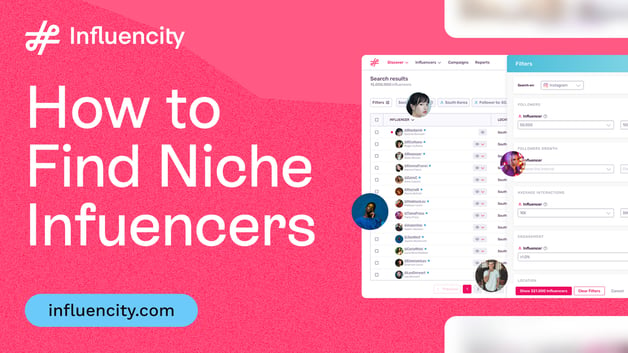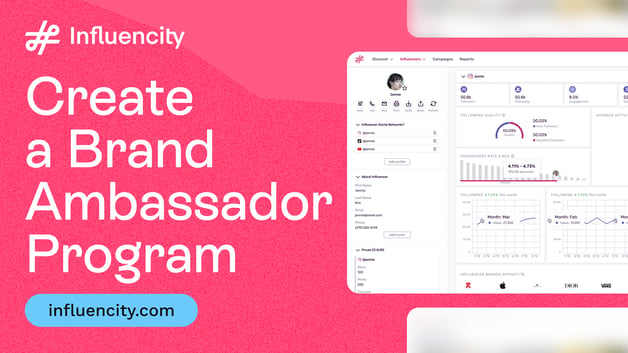Influencer Marketing Agency
Kitchen Icon and Content Queen: What Martha Stewart Can Teach Us About Influencer Marketing
Influencer Marketing Agency
Before the term influencer had a business model, Martha Stewart was the model. She did more than just build a lifestyle brand; she built trust, taste, and a media empire from scratch. Long before TikTok hacks and Instagram aesthetics, Martha taught us how to fold napkins, roast a perfect chicken, and decorate with intention — all while creating a content strategy that modern marketers still chase today.
So what can the OG of international branding teach us about influencer marketing today? A lot more than how to make the perfect pie crust.
Martha Stewart: The Original Lifestyle Influencer (and Then Some)
Martha Stewart is a woman who made an empire out of aesthetics, authority, and apple pie. She wasn’t just the face of a brand, she was the brand herself. She was its tone, taste, and POV. Her brand didn’t hinge on logos or logos or slogans — it hinged on her. A category creator before we even had the language for it, she revolutionized the concept of homemaking by professionalizing it.
Starting with the first glossy cover of Martha Stewart Living to every television segment and product line that followed, she showed up consistently — polished, practical, and in complete control of her narrative. She even taught us how to make floral centerpieces and also how to make them monetizable.
From cookbooks and Kmart collabs to syndicated TV and product licensing, Martha Stewart effectively turned her point of view into a publishing, merchandising, and media juggernaut. In doing so, she became the USA’s first self-made female billionaire — not through inheritance or tech unicorns, but through chicken pot pie and stock photos of perfectly folded towels.
And let’s be real: that’s influencer marketing at its finest. She built a content ecosystem that made audiences feel empowered to do more with what they had — and inspired them to buy the tools, recipes, and home goods to do it. We talk about content funnels and shoppable storytelling? Martha built that blueprint. Her magazine issues were practically early conversion tools: editorial on the outside, purchase intent baked right in.
But let’s not sanitize the story. It wasn’t all Bundt pans and holiday tablescapes.
Martha’s empire was famously rattled when she was convicted of insider trading in 2004 and sentenced to five months in prison. For most public figures — especially women at the helm of a domestic brand — that would have been a reputation death sentence. But not for Martha.
Instead, she did the thing today’s most resilient creators should study: she owned her narrative, weathered the storm, and came back stronger — a little cheekier, a little wiser, and ready for the next chapter.
Today, she’s more memeable than ever, and her unexpected bestie-status with Snoop Dogg opened her up to entirely new demographics. A full-circle influencer moment if I’ve ever seen one.
For brands and agencies, here’s the lesson: Martha proves that consistency + reinvention = longevity. She shows that lifestyle influence is about building a voice people trust and want to follow, no matter the platform.
And here’s the kicker: in an era where influencer trust is hard-won and easily lost, Martha’s arc — from domestic goddess to corporate powerhouse to comeback queen — shows us that influence isn’t built on perfection. It’s built on resonance.
So, when you’re planning your next campaign, casting a creator, or advising a client on brand positioning, ask yourself: Are we chasing influence? Or are we building it?
Because if you want staying power like Martha’s, it starts with foundations.
Martha’s Platform Strategy: Meet Your Audience Where They Are
Martha was omnichannel before the term existed. One minute she was gracing the cover of a cookbook, the next she was hosting a morning show, launching a magazine, or releasing a branded line at Kmart.
And she never showed up the same way twice. Her message stayed consistent, but her medium evolved. Print was for detail and instruction. Television was warm, charismatic. Social? That’s where she flexed her humor — and lately, a little thirst trap energy (remember that viral pool selfie?).
The point? She adapted her content to fit the channel without losing who she was. That’s something most brands — and frankly, some creators — still struggle to do. TV. Magazines. Books. Websites. Pinterest. YouTube. TikTok. Martha did everything. And every platform had content tailored to it.
So, for those of us in influencer marketing, this is your masterclass in owning your lane. Today’s consumers are inundated with creators pushing content — what cuts through is clarity. When I vet talent for campaigns, I don’t just look at follower count or aesthetic. I ask: do they know who they are? Because if they don’t, neither will their audience.
A creator who understands their identity brings something powerful to the table: built-in brand equity. They make your message easier to believe because their audience already believes in them.
This is why you need to keep in mind that reach alone isn't a strategy. We need to think in content ecosystems. How does a story that starts as a TikTok soundbite evolve into a YouTube deep dive, then turn into Instagram engagement and newsletter retention?
Repurposing isn't recycling. It’s about refitting the message to match how people consume on each platform.
And let’s not forget the ROI side of this. Multi-platform creators drive more value. They’re stickier. They stretch your campaign budget further. But only if you help them flex their voice in channel-specific ways.
And if you are an agency casting for your next campaign, think beyond engagement rates. Does this creator have a point of view? Can you describe them in a sentence? If not, neither can your client’s audience.
Merch, Media & Monetization: She Did It All
Long before every creator had a Shopify link in bio or a skincare line in the works, Martha Stewart turned lifestyle influence into an empire of tangible products. She didn’t just recommend tools — she made them. Didn’t just host TV shows — she produced them. Didn’t just grow a following — she built a full-blown media company.
This is where the real money in the creator economy lives: in ownership, productization, and long-term brand equity. Martha’s vision was always bigger than a one-off partnership. She saw influence not as a means to a post — but as a platform for product.
Here’s the shift influencer marketers should be tracking: Moving from sponsored posts to creator-powered brands.
Think:
- Chamberlain Coffee — a full-blown lifestyle brand born from Emma’s caffeine-fueled authenticity
@brandobsessed Chamberlain coffee, not just another coffee brand #emmachamberlain #chamberlaincoffee #emmachamberlaincoffee #business #businesstiktok #marketing #marketingstrategy #branding #brandstrategy #entrepreneur #celebritybrands #coffee
♬ sonido original - BRAND OBSESSED
- Djerf Avenue — Matilda Djerf’s fashion line that nails Gen Z aesthetic and ethical production.
- MrBeast Burger — because why just advertise fast food when you can own the kitchen?
Key takeaway? Start scouting creators not just for their audience, but for their entrepreneurial potential. These are the collaborators who won’t just make content — they’ll build empires with you.
When you find those creators — the ones thinking in SKUs, not just stories — give them a seat at the table. Let them co-create products, design packaging, and influence brand direction. Invest in them. Because if Martha taught us anything, it’s this:
If you want to stay relevant, you can’t just rent attention.
You have to own it.
Collabs with a Twist: Snoop Dogg and the Power of Unexpected Pairings
When Martha Stewart teamed up with Snoop Dogg, the internet nearly broke — and the influencer industry should’ve taken notes.
At first glance, the pairing was...bizarre. A perfectionist homemaking icon and a laid-back rap legend? But what could’ve been a cringey mismatch turned into lightning in a bottle. Their show Martha & Snoop’s Potluck Dinner Party delivered laughs, chemistry, and a culture clash that felt both effortless and iconic. It wasn’t a gimmick. It was genius.
Snoop + Martha. High cuisine meets high culture. And it worked. Why? Because it was real. The chemistry was off the charts, the content was binge-worthy, and both gained new audiences. it brought two audiences together that would’ve otherwise never crossed paths. This is influencer marketing gold.
As a matter of fact, we talk a lot about “fit” when we match brands with creators, but sometimes the fit isn’t about sameness — it’s about surprising harmony. Snoop made Martha cooler. Martha made Snoop sharper. Together, they opened up new audience segments for both — all while keeping it entertaining and on-brand.
It is as simple as understanding that contrast creates curiosity. So, if you are a creator, don’t just partner within your comfort zone — find fresh intersections. Try a crossover collab. Think fitness + fashion, finance + comedy, parenting + tech. Let unexpected + authentic = viral.
Trust Is the New Flex in Influencer Marketing
If there’s one thing Martha Stewart has always known — long before social proof became a metric or “community building” was a line item in brand decks — it’s this: people buy from those they trust.
She didn’t have to shout. She taught. She didn’t sell products — she showed you how to use them. From detailed holiday how-tos to calmly narrated turkey-roasting segments, Martha invited her audience in as learners, not just consumers.
That trust paid dividends.
Now apply this to influencer marketing today. We’re living in the era of earned influence. Audiences have grown skeptical of overly polished #sponcon. They crave creators who actually know what they’re talking about.
Take for example skinfluencers like Hyram or esthetician creators like Sean Garrette. They’ve become more than just content creators, they’re educators. And because of that, when they recommend a product, audiences listen and they buy.
@seangarrette How To Be Gorgeous in 1 minute! Inspired by my beauty fave @Toni Bravo products listed below 👇🏾 @Ami Colé Foundation Stick @makeupbymario Concealer + Brow Gel + Lip Balm + Setting Spray @rhode skin toasted teddy blush @Charlotte Tilbury Powder @Westman-Atelier Highlight Stick (bronze) #makeuptutorial #makeuproutine
♬ Sociopathic Dance Queen - Amaarae
And here’s the thing: trust isn’t sexy, but it scales. It might not go viral in a day, but it builds a brand that lasts.
“People always trusted Martha to know. That’s what kept them coming back — not just the polish, but the proof.”
PR Crisis? Comeback. Own the Narrative
Let’s talk about the comeback arc — because if there’s one thing Martha Stewart didn’t invent but absolutely perfected, it’s the art of the rebrand.
Yes, she went to prison. Yes, it made headlines. But did she let it end her empire? Absolutely not. She turned the narrative on its head and walked back into the spotlight — smirking, styled, and stronger than ever.
Here’s the playbook: she didn’t hide. She didn’t deflect. She didn’t rebrand into someone unrecognizable. Instead, she owned her story, stayed consistent with her values, and used the experience to fuel a new phase of her brand — one with more edge, more grit, and, somehow, even more relatability.
This is a lesson every creator and brand needs to internalize: your crisis doesn’t have to be your collapse — it can be your evolution. As an agency or brand, you can use social listening tools to help you stay on the loop of what people are saying about your brand or campaign and manage imminent PR crises with upfront information.
In today’s scene, audiences are watching how you handle heat. Be it backlash over a campaign, criticism of a comment, or a public stumble — the response matters more than the misstep.
Brands and agencies, here’s your move: start treating reputation management as a proactive pillar of influencer strategy. Vet for resilience. Support creators through the tough stuff. And when things go sideways (because they will), help them tell the truth, not spin a story.
Because guess what? Martha did more than just survive the scandal, she actually emerged with more cultural relevance than ever. Memes. Roast appearances. That’s not damage control. That’s narrative control.
So, next time a creator hits a rough patch, don’t ask, “How do we make this go away?”
Ask instead: “What would Martha do?”
The Martha Method: 6 Timeless Brand Lessons in Influencer Marketing
As someone who’s spent the last years in the influencer marketing scene, I’ve seen hundreds of creators rise and fall — but only a handful build true brands. The kind that outlast trends, algorithm updates, or even scandal, like Martha did.
Here are six of the most powerful brand-building lessons I’ve learned from Martha’s playbook and YOU can learn them too!.
1. Story First, Always
When Martha launched her first book Entertaining in 1982, it wasn’t just a recipe collection — it was a vision. It blended food, styling, and storytelling in a way that felt personal and aspirational, yet totally achievable. That’s what made it a landmark.
Her mantra? “Content is king.” And it still is.
The best-performing creator campaigns aren’t product pushes but stories. Think of a skincare founder sharing their acne journey or a fashion creator for instance, showing how a look made them feel what truly matters is the narrative, it is that what sticks.
So, if your influencer brief reads like a product manual, start over. Focus on helping creators tell a story, not recite a feature list.
2. Think in Systems, Not Silos
Her early vision for “Martha Stewart Living Omnimedia” was based on a solar system model: content at the center, radiating out to media, product lines, licensing deals, and eventually, e-commerce and social media.
That strategy is exactly what we now call a multi-channel brand funnel. According to McKinsey, brands using integrated campaigns across 3+ channels see 90% higher customer retention.
3. Build with Passion, Scale with Curiosity
One of the most fascinating things Martha said at Amazon Accelerate was this:
“If you’re not passionate about your idea, forget it.” But she didn’t stop there — she organized her day around curiosity, turning daily observations into product and content ideas.
That’s the perfect formula for creators today: stay obsessed with your niche, but be curious enough to evolve.
Remember fitness creator turned founder of @Blogilates (Cassey Ho), who built a Pilates empire? Her curiosity followed into product design — launching one of Target’s bestselling fitness lines.
4. Solve for Needs and Wants
Martha’s golden rule? If people both need and want something — it’ll sell. This applies to everything from magazine subscriptions to bundt pans, and now, to creator-led brands and UGC.
Influencers who understand their audience's pain points (and joys) produce content that converts. 82% of Gen Z consumers say they trust creators who make content that feels useful (not just aesthetic), according to Hubspot.
5. Keep the Good Pieces of the Pie
Martha’s pie analogy? Pure gold. When something doesn’t work, don’t toss the whole idea — deconstruct it. Find the part that resonated and double down.
Flopped Instagram ad? Maybe the hook was weak. But the audience loved the casual, unfiltered tone? Great — keep that voice for the next version.
6. Yes, Ads Matter — When They’re Smart
Martha didn’t believe in advertising early on. But when Kmart dropped $20 million to promote her product line, sales hit $1.6 billion in three years.
Let me repeat that: $1.6 billion in three years.
Today, your ad dollars might not go to TV or billboards — but paid influencer amplification, whitelisting, and creator-led paid ads? Still wildly effective.
According to Influencer Marketing Hub, influencer whitelisting can increase paid ad ROAS by up to 2.5x compared to brand-only creative.
Don't just rely on organic reach. If your creator content is performing well, boost it. Put paid behind UGC — and watch the ROI scale.
Final Thought: Influence Is a Long Game
Martha Stewart did not start her career trying to go viral. She was trying to build a brand. And that’s the north star that modern influencer marketers need to return to.
Campaigns fade. Engagement spikes drop. But brands built on trust, story, value, and vision? They endure.
And if you need a reminder that age, reinvention, or even a federal prison sentence can’t cancel a true influencer, just look at Martha — sipping wine with Snoop, running Amazon Lives, and still making holiday tablescapes look like art.
She’s not just a legend. She’s a lesson plan.
Tags:
Influencer Marketing
Cam Khaski Graglia
Cam Khaski Graglia is the Content Manager at Influencity, where she blends creativity, strategy, and storytelling to craft impactful content. A passionate researcher and lifelong book lover, she thrives on exploring new narratives and shaping engaging brand messaging. Beyond content strategies, briefs, and articles,...







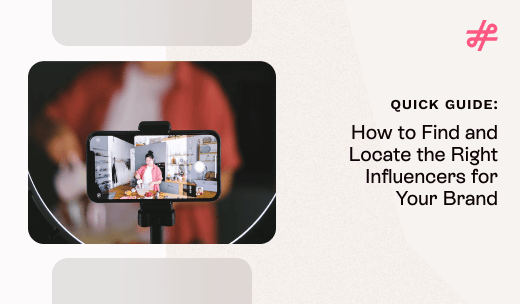





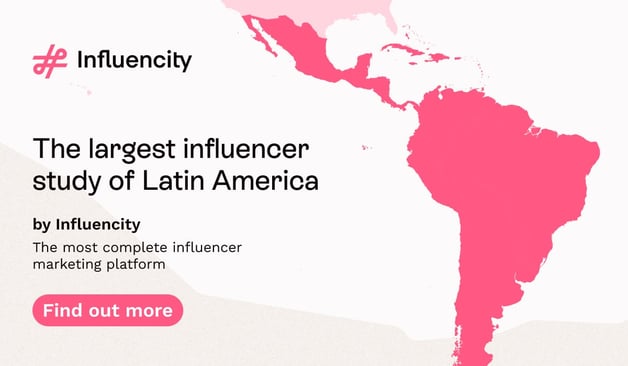


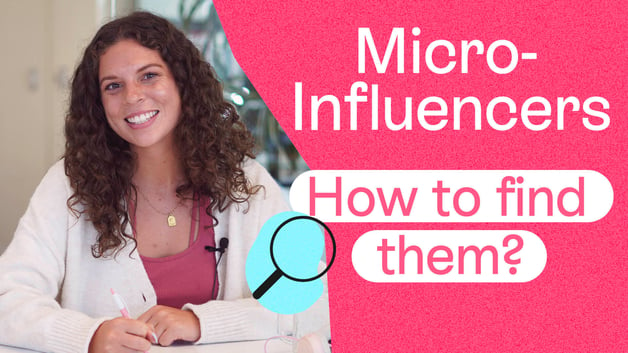


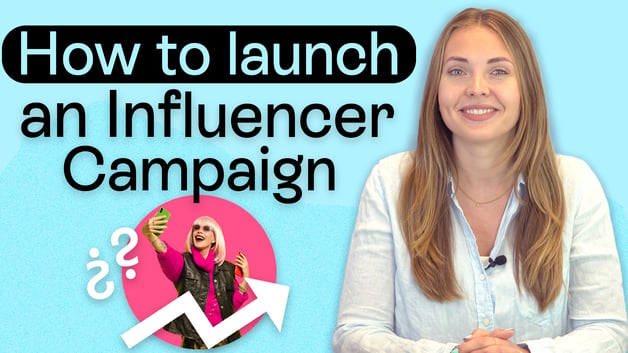



%20and%20How%20Can%20They%20Benefit%20Your%20Brand%20article.jpg?length=628&name=What%20Are%20Key%20Opinion%20Leaders%20(KOL)%20and%20How%20Can%20They%20Benefit%20Your%20Brand%20article.jpg)
